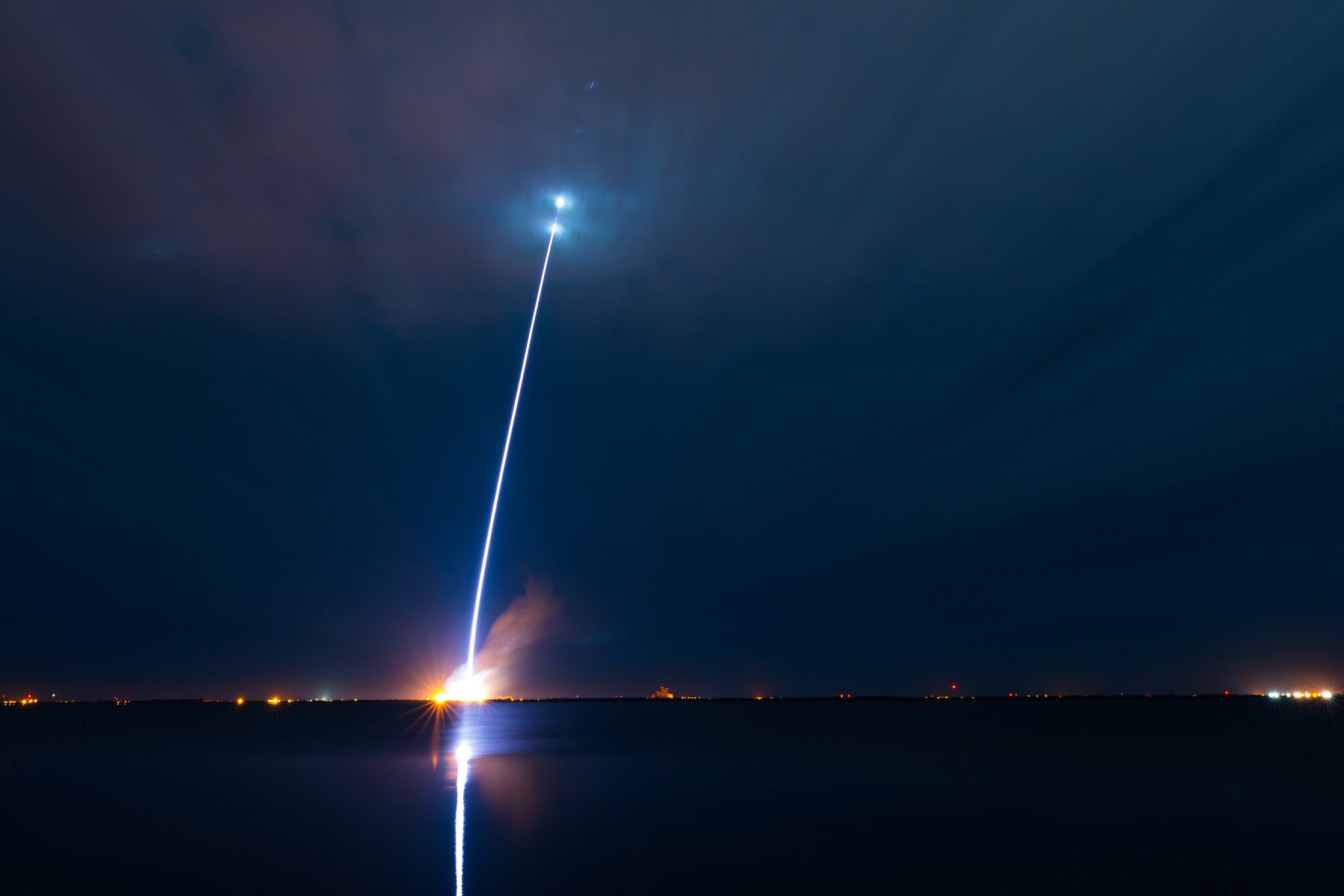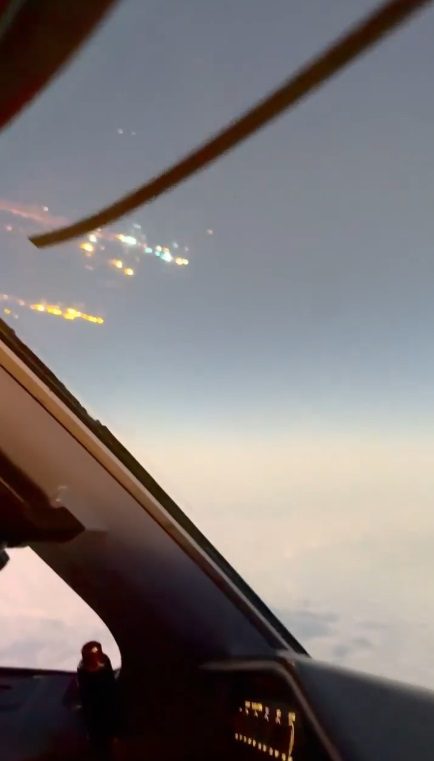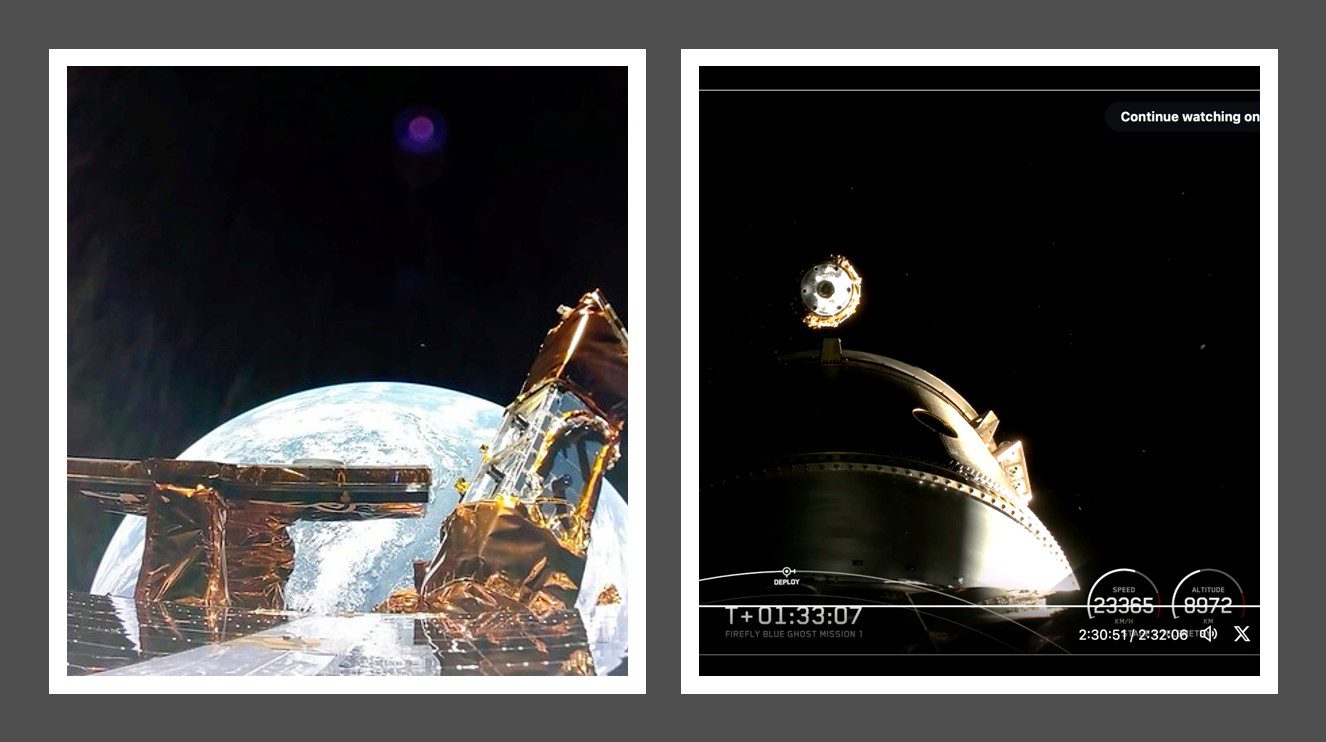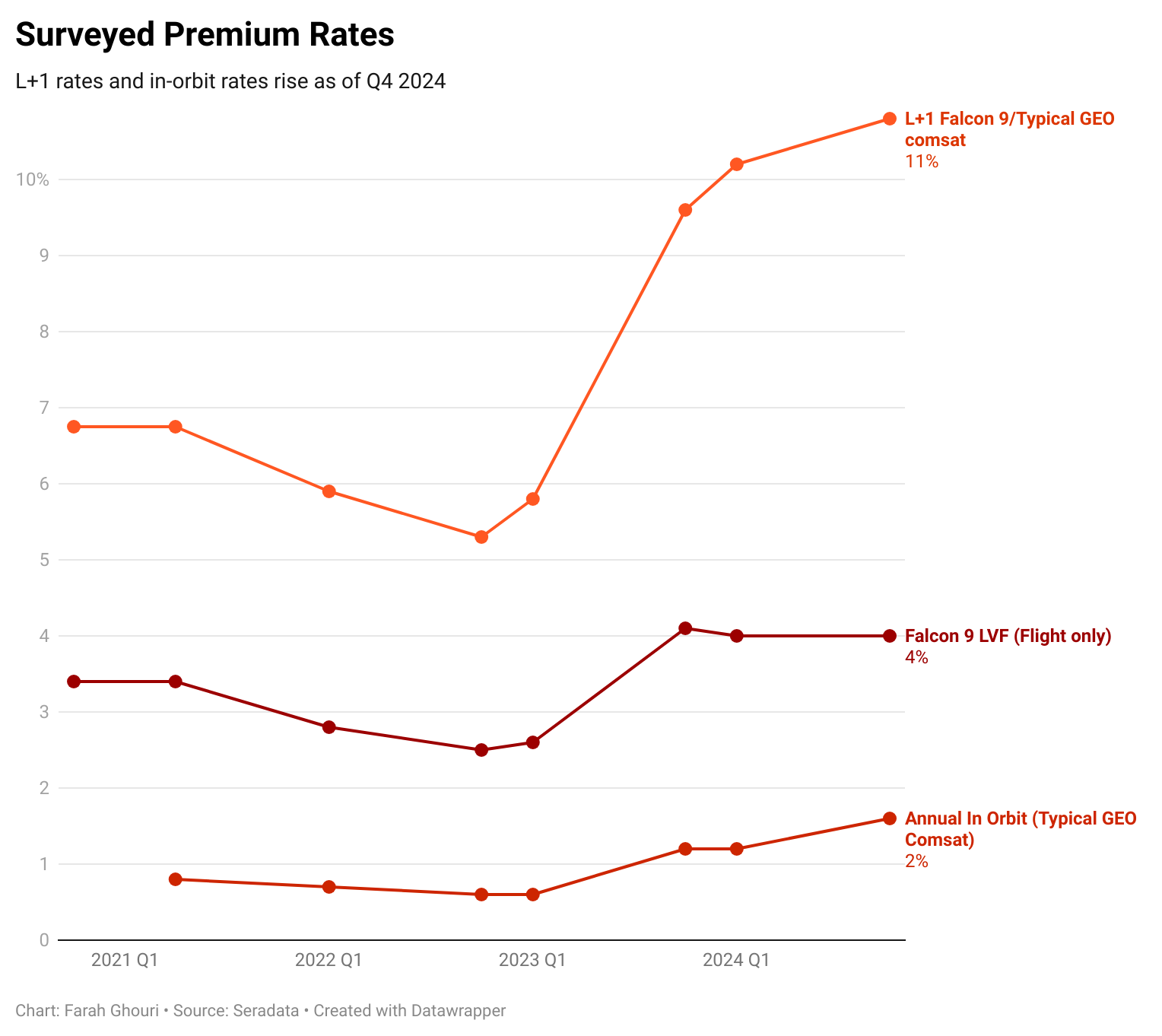China successfully launched the first of a new generation of rocket- launched vehicles when the Long March-6 (CZ-6) rocket took off from Jiuquan in the Gobi desert. The flight, which took place at 2301 GMT on 19 September 2015, was seen as a key test of China’s new liquid oxygen (LOx)/kerosene burning rocket engine technology, which will be used for the Long March-5, -6 and -7. This will replace the toxic and less well performing N2O4/UDMH hypergolic propellant combination used on its Long March -2, -3 and -4 rocket family.
The orbit achieved was a 550 x 515km near polar Sun-synchronous low Earth orbit. Aboard the flight were the following 20 small satellites including cubesat-class and picosat-class spacecraft, which are mainly involved in technology testing:
DCBB (CAS-3G), NUDT-PHONE-SAT, KAITUO-1, LILACSAT-2 (CAS-3H), NAXING 2, TIANTUO 3 – LUILANG 1, XINGCHEN PICOSAT 1, XINGCHEN PICOSAT 2, XINGCHEN PICOSAT 3, XINGCHEN PICOSAT 4, XIWANG-2A (CAS-3A), XIWANG-2B (CAS-3B), XIWANG-2C (CAS-3C), XIWANG-2D (CAS-3D), XIWANG-2E (CAS-3E), XIWANG-2F (CAS-3F), ZHEDA PIXING 2A (ZDPS-2A), ZHEDA PIXING 2B (ZDPS-2B), ZIJING-1,ZIJING-2






